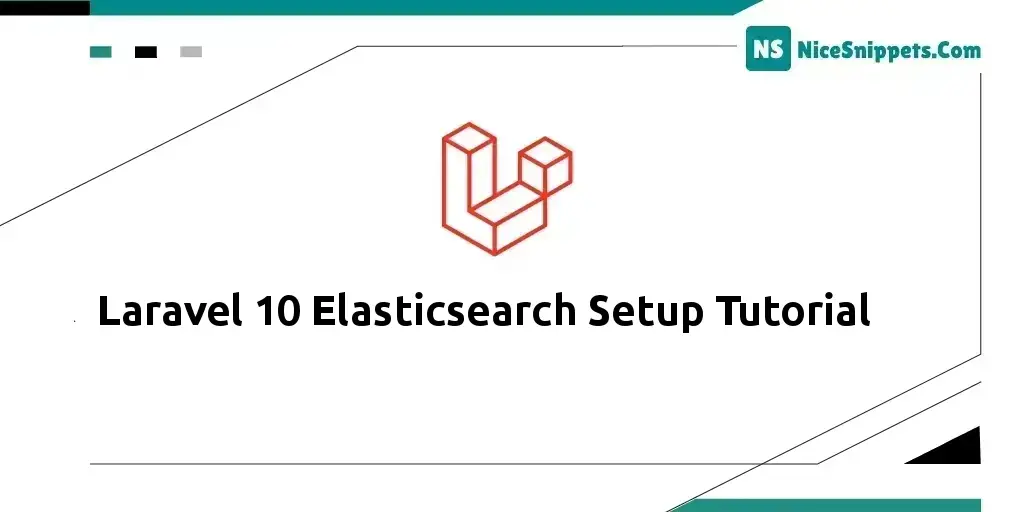23-Nov-2023
.
Admin

Hello Dev,
Elasticsearch, an open-source, distributed search and analytics engine built on Apache Lucene, stands out for its prowess in managing vast data volumes while offering rapid and adaptable search capabilities. Its scalability, real-time indexing, and potent querying functionalities are highly regarded.
Let's break down the key aspects and applications of Elasticsearch:
1. Full-Text Search
Elasticsearch excels in full-text search, enabling text searches across multiple document fields. Its support for advanced search features like fuzzy matching, phrase matching, and relevance scoring enhances search accuracy.
2. Scalability and High Availability
Designed for horizontal scaling, Elasticsearch distributes data across nodes to handle substantial data loads. It automatically shards and replicates data for resilience and fault tolerance.
3. Real-Time Data
Documents can be instantly indexed and made searchable after addition or updates, thanks to Elasticsearch's real-time indexing capability.
4. Aggregations and Analytics
Powerful aggregation features enable complex analytics and insights generation, supporting statistical calculations, grouping, filtering, and more.
5. Geospatial Search
Support for geospatial search makes Elasticsearch suitable for location-based applications, allowing queries based on coordinates and distance calculations.
6. Logging and Monitoring
Commonly utilized for log analysis and monitoring, Elasticsearch efficiently ingests and indexes log data, enabling real-time search, analysis, and visualization.
7. Recommendation Systems
Elasticsearch’s search capabilities and scoring algorithms facilitate building recommendation systems based on user behavior and preferences.
8. Elastic Stack Integration
As a core component of the Elastic Stack, Elasticsearch, along with tools like Kibana, Logstash, and Beats, forms a robust data processing and analysis platform.
Elasticsearch's versatility spans applications in e-commerce search, content management systems, enterprise search, monitoring systems, and more.
To start using Elasticsearch:
1. Setup Elasticsearch Cluster
Define index mapping and begin indexing documents.
2. Utilize Elasticsearch in Laravel
Install Elasticsearch and its PHP library via Composer.
Configure Elasticsearch in Laravel's database settings.
Perform Elasticsearch operations in Laravel by utilizing the Elasticsearch PHP library.
Example Laravel integration steps:
Step 1: Install Elasticsearch
Refer to Elasticsearch documentation for installation instructions.
Step 2: Install Elasticsearch PHP Library
Utilize Composer to install the library, for instance:
composer require elasticsearch/elasticsearch
Step 3: Configure Elasticsearch in Laravel
To set up Elasticsearch in Laravel, you'll want to adjust the connection settings. Head over to the 'config/database.php' file, where you can insert the Elasticsearch configuration within the 'connections' array.
'elasticsearch' => [
'driver' => 'elasticsearch',
'hosts' => [
[
'host' => env('ELASTICSEARCH_HOST', 'localhost'),
'port' => env('ELASTICSEARCH_PORT', 9200),
'scheme' => env('ELASTICSEARCH_SCHEME', 'http'),
'user' => env('ELASTICSEARCH_USER'),
'pass' => env('ELASTICSEARCH_PASS'),
],
],
],
Modify the config/database.php file to include Elasticsearch connection settings.
4. Performing Elasticsearch Operations in Laravel
Upon configuring the Elasticsearch connection, you're poised to execute search operations within your Laravel application. Leveraging the Elasticsearch PHP library, you can seamlessly integrate search functionalities into your controllers or service classes.
use Elasticsearch\ClientBuilder;
$client = ClientBuilder::create()
->setHosts(config('database.connections.elasticsearch.hosts'))
->build();
// Example search query
$params = [
'index' => 'my_index',
'body' => [
'query' => [
'match' => [
'field' => 'search_keyword',
],
],
],
];
$response = $client->search($params);
Utilize Elasticsearch PHP library in controllers or service classes for search operations, handling response data, error cases, pagination, and advanced query options.
By integrating Elasticsearch with Laravel, you unlock Elasticsearch’s robust search capabilities, enabling efficient and flexible data searches in your application.
I hope it can help you...
#Laravel 10